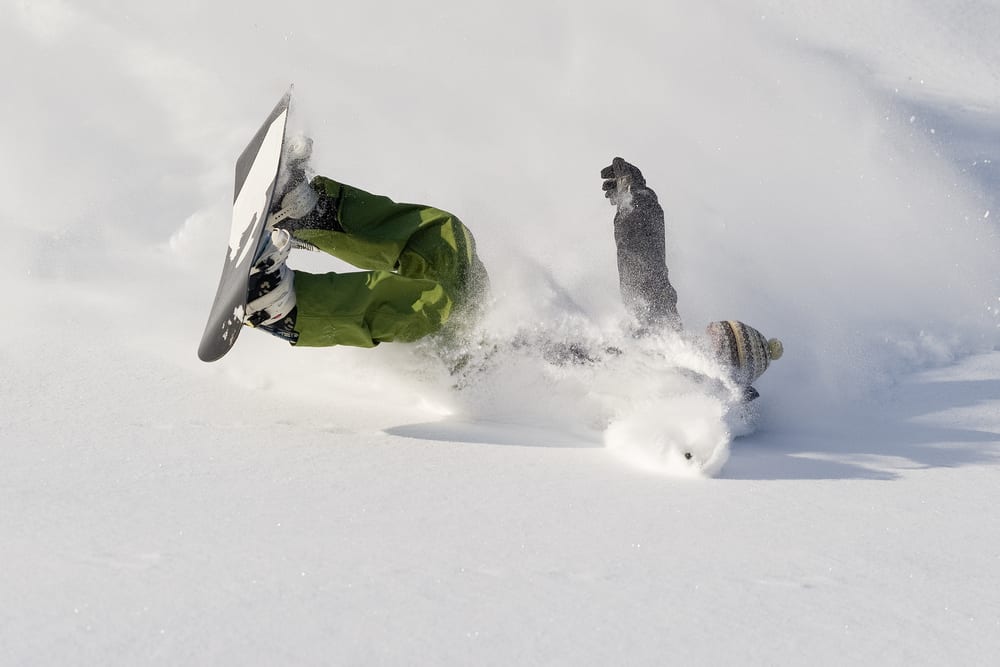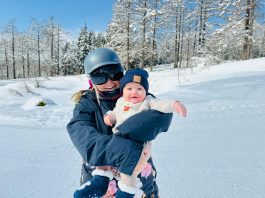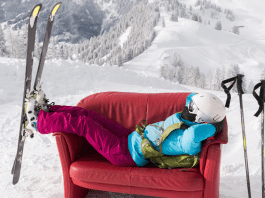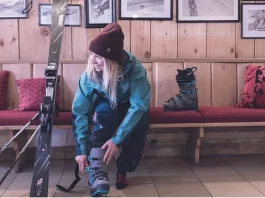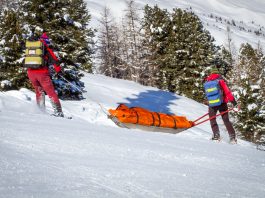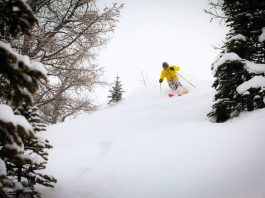Catching the Kosciuszko chair up over Friday Flat in Thredbo yesterday I watched the familiar sight of beginner snowboarders making their falling leaves and smiled to myself, grateful that those days were behind me.
One of them was getting the hang of it, starting to link turns and gain confidence. And just as he thought he had it ‘whack’ went his helmeted head back as he caught an edge. Ahh the old snowboard edge sniper strikes again.
He sat for a moment, gathered himself and then got up for more of the same. I’m sure he was surprised, thinking that it didn’t hurt as much as it should of.
What he didn’t realise at the time was that once tomorrow morning arrives he’s likely to have a pretty stiff and sore neck. He also may not be able to lift it from the pillow without using his hands. What’s happened you ask? He’s sustained a whiplash.
A whiplash occurs when your neck suddenly moves in one direction and then the other, creating a rapid stretch to the joints muscles and ligaments of your neck.
Whiplash can occur to any of us who crash at speeds (not just in a car) and the classic give away is the delay in onset of symptoms. Not too dissimilar to that first ‘leg day’ back in the gym after a long break.
Neck pain and stiffness are the most common symptom of whiplash, although other symptoms may include headaches, aching in the shoulders, dizziness or light-headedness.
Most people recover form a whiplash episode within a few days or a week and again like the post-gym soreness, the second day is often the worst.
Keeping active is a vital part of your recovery and the old “Rest is Rust” motto really applies here. Your physio is integral in helping you progress through your recovery and can use use manual therapy techniques, prescribe exercises and give advice around your level of activity.
Simple things like varying your postures, alternating the side you carry your bag on and pacing out your usual daily activities can all combine to make a big difference in how you feel in the days following.
When you’re on the hill, be sure to turn your whole self around instead of just your neck when looking up to see where your buddy is!
On a serious note, not all neck injuries are simply to the soft tissues that have been described. If you develop any of the following immediately after a fall skiing or snowboarding, please seek prompt medical care.
- Pins and needles in your arms or face
- Can’t turn your head past 45 degrees
- Have difficulty speaking or swallowing
Stay tuned for the next instalment when we’ll talk about the effects of sustaining and recovering from a concussion.
